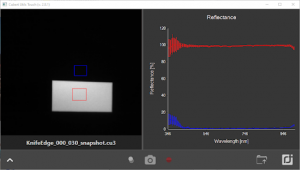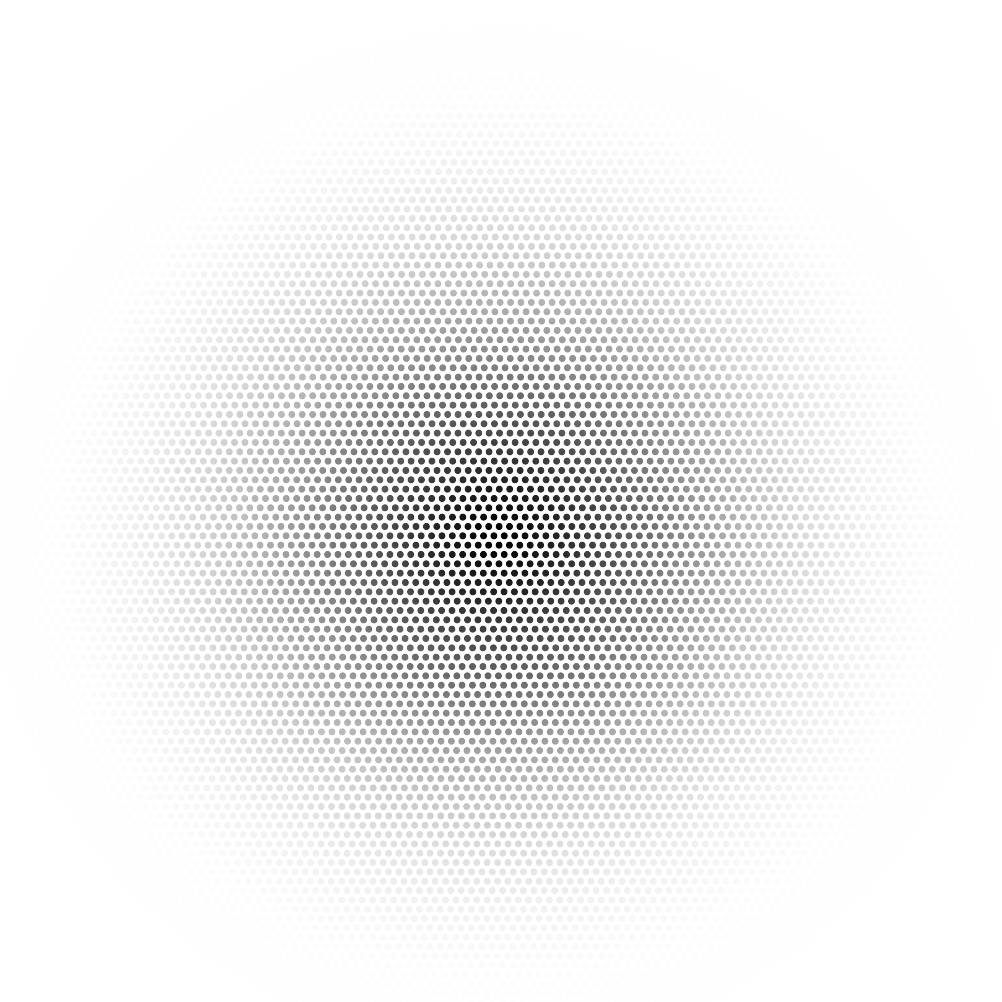What is the crosstalk and intrachannel starlight of the ULTRIS X20
Crosstalk describes the contribution of light of one wavelength to light with a different wavelength being measured in a specific channel. For example, how much light of the wavelength 500 nm is measured in the channel 700 nm? Typically, there are two possible ways crosstalk can occur:
A) Spectrally dispersive element quality
Spectrally dispersive elements, like prisms, gratings, and filters have different separation qualities which are based on their physical properties. For spectral thin film filters, these qualities can simply be graded by the range of their optical densities [OD]. A good filter in an imaging spectrometer will have a quality of OD2, thus blocking 1/100 of light with unwanted wavelength.
The ULTRIS X20 features a blocking capacity of OD4 for all wavelengths over the complete range of the camera. This leads to an unprecedented low crosstalk of 1/10000, or less than 0.01% of unwanted light interfering with spectrum measurements.

Fig 1: Filter positions of the ULTRIS X20. The filters are positioned linear from 350 – 1000 nm with a step width of 10 nm and a FWHM of 10 nm.
B) Interchannel straylight or scattering between channels
All cameras generate some sort of straylight in the optical system. This straylight is generated due to dust, optical defects, reflections on optical surfaces or suboptimal coatings. Furthermore, the sensor itself scatters parts of the light back and this light can be reflected from mechanical parts and optical elements back onto the sensor itself.
Some spectrometer designs are more prone to interchannel straylight, where light from one channel is scattered to neighboring channels, than others. This problem is especially typical of filter-on-chip setups, since the filters have no physical boundaries between each other.
To reduce this problem, the ULTRIS X20 is equipped not only with sufficient antireflection coatings but also a mechanical surface coating, which offers very high straylight reduction from the visible to the near infrared. Furthermore, each channel is mechanically and optically sealed against their neighboring channels. The camera features a very low interchannel straylight of a 50% White Target of below 1 %.

Fig 2: Measurement of in-channel straylight with a 50% White Target. The reflectance shows a 100% reflection on the white target and a sub 1% reflection on the dark target. Illumination was a halogen light source, therefore only a small amount of light reached the sensor in the UV wavelengths (<400 nm), leading to higher errors due to noise effects.
Conclusion
In conclusion, the ULTRIS X20 offers an unprecedented low crosstalk, especially when compared to other video spectroscopy setups, like filter-on-chip designs. The amount of unwanted light in neighboring channels is two orders of magnitude lower than what is typically found in hyperspectral cameras, which results in a magnificent spectral quality with an unprecedented small amount of interchannel straylight and crosstalk.
